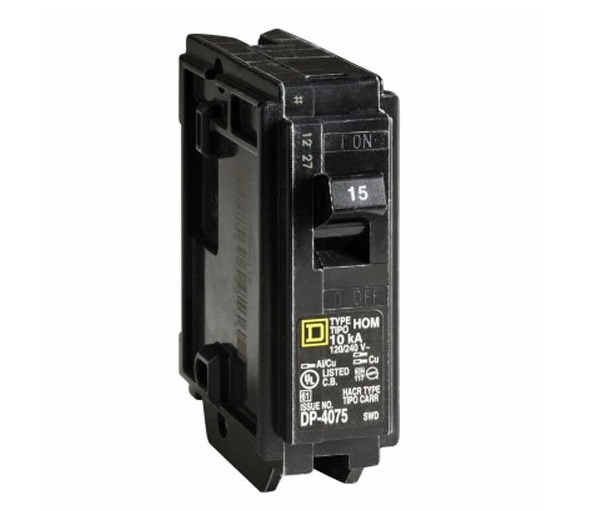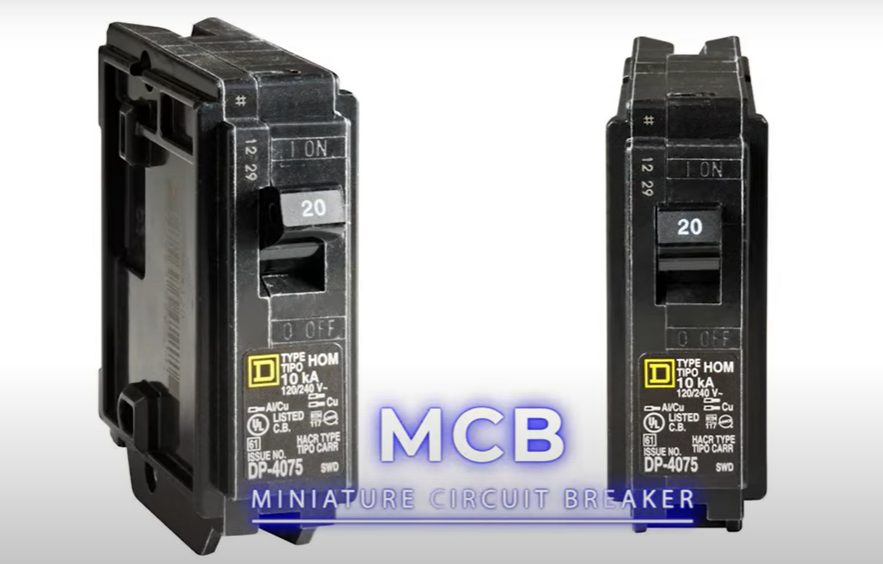

If you find such fuses, here is the most valuable, imperative, priceless, critical, life saving FREE advice you could ever get: These often indicate an overfused circuit. Here is a tip to ensure you are not over-fusing your electrical system: check your main box and pony panel (if any) for extra 20 Amp and 30 amp fuses and breakers. Also excepted are two pole 220V or 240 V electric range 40 amp electric dryer 30 amp central A/C and electric water heater, each 20 amp or 30 amp and baseboard heater 20 amp or 30 amp circuits, if any. So that all or most of single pole 110 V branch devices in the panel should be 15 amp rated with the exception of 20 amp kitchen plugs, if any. Stop it right there! You have just created a new and deadly problem instead of the annoying one.Ī properly protected light and/or wall plug circuit in your home should have a 15 amp protection feeding 14 gauge copper wires.
Replacing a 15 amp breaker with a 20 amp portable#
You decide to use a portable space heater. It is a hot summer afternoon and you plug in a window air conditioner. In fact, a 20 or 30 Amp fuse or breaker on a 15 Amp circuit becomes an armed fuse of a ticking fire bomb!ĭIY homeowners, unqualified handymen and renovators, deteriorated wiring and over-fusing or fuse tampering, misuse and abuse of electrical system together create a single most prevalent cause of home fires. One needs just 15 seconds to change the fuse and cause the dumbest tragedy. And the fire could instantly start all over the place, spreading on to the wooden frame, cutting off exits and escape routes. Over-fused circuits are often the longest and, at the same time, the most overloaded ones, going to different rooms and floors in the old house. Burning insulation will ignite an extremely dry dust inside your walls and ceiling. Too much current (or too many Amps) would flow through the wire and burn it before the fuse or breaker blows or trips. Over-fusing happens when the rating of the fuse or breaker is too large for the rated ampere capacity (or ampacity) of the circuit it is supposed to protect. If you replace a 15 Amp fuse or breaker protecting a 15 Amp circuit with a 20 Amp or 30 Amp fuse or breaker, the next thing you should do is book your own funeral.

Over-fusing is the simplest and most terrible single thing that could kill your family and burn the house.


 0 kommentar(er)
0 kommentar(er)
